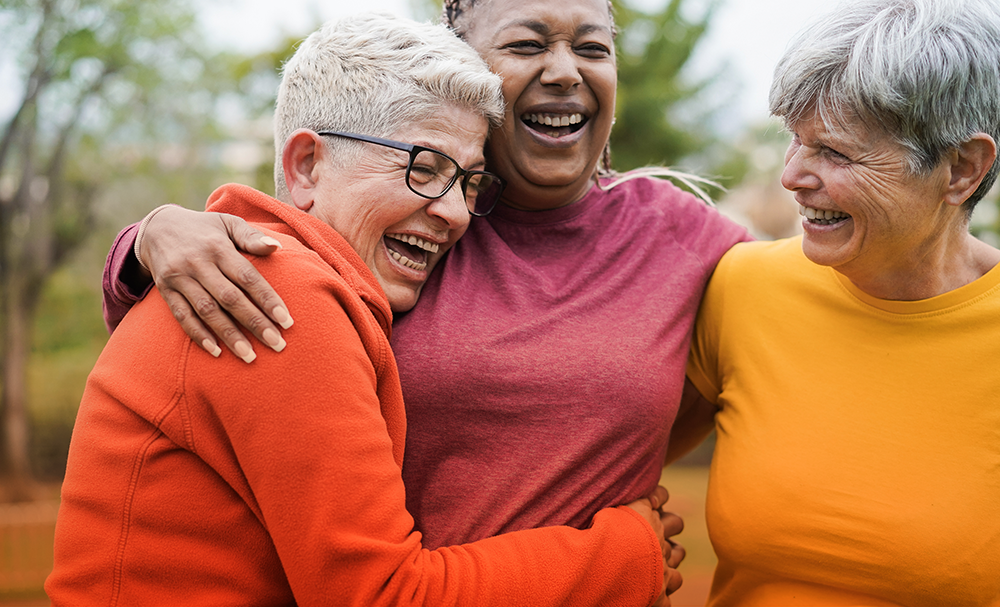Issue 65: Inner Peace

THE LEAP
BY QUANTUM ORANGE
GROW, EXPAND & EVOLVE
ISSUE 65 | INNER PEACE
Each week The (Quantum) Leap summarises a key aspect of success into what you need to Think, Feel and Do to create a personal shift.
The pursuit of inner peace is more important than the search for happiness or success. Happiness is just a fleeting emotion, and success can be taken from us just as it can be gained. But true inner peace is permanent.
~ Chris Shea
THINK
By definition, inner peace is “a state calm, serenity and tranquility of mind that arises due to having no sufferings or mental disturbances such as worry, anxiety, greed, desire, hatred, ill-will, delusion and/or other defilements” (Gogava et al., 2018).
Happiness is the experience of joy, contentment or well being, combined with a sense of our life being meaningful and worthwhile. When asked about the difference between the two Eckhart Tolle said, “Happiness depends on conditions being perceived as positive; inner peace does not.”
What does that mean, practically speaking?
There are two important points to note:
- Happiness depends on our internal conditions - perception, mindset, beliefs - not on external factors. That means our happiness (or lack thereof) is entirely up to us.
- We do not need to be happy to experience inner peace - we can access that state of tranquillity any time we choose it.
Have you ever had thoughts like these?
- When I get….I’ll be happy.
- I should be happier right now.
- He/she’s making me really unhappy.
- Finding a sense of inner peace is difficult.
- There was a time in my life that absolutely sucked.
- I need to be doing something right now.
Ask yourself:
- What subconscious beliefs do I hold about life that are getting in the way of my inner peace?
- What people or circumstances in my life are triggering unhappiness at the moment?
- What beliefs could I cultivate that will contribute to inner peace?
- When do I feel most calm and serene?
FEEL
If you find yourself winding up over a perceived disappointment, frustration or difficulty, step back and assess whether what your brain is telling you is the truth. When we boost our skills in navigating our emotions, calmness and inner peace come much more easily.
Bring to mind the last time you felt emotions that challenged you - reflect on this time and recognise what was happening for you.
Ask yourself:
- What most wanted my attention?
- Were my initial thoughts and feelings in response to the truth of the situation or the story I was telling myself?
- What was I believing?
- Where was I experiencing these feelings in my body?
- What did I need to hear at this time?
When we resist our emotions we create a lot of torment for ourselves, which is the opposite of inner peace. As soon as you start exploring the emotion with loving kindness, going with the flow and accepting what is, you will have a greater sense of inner peace.
Inner peace does not mean being passive and resigning yourself to a bad situation. It means mindfully engaging with what’s happening in your world so you can experience harmony and stability.
DO
The pathway to inner peace (and indeed happiness as well) does not need to be difficult or complicated. Both come from simple lifestyle changes enacted consistently over time.
With a little patience and persistence, you can rewire your brain to experience more joy and contentment in your life.
Here are some simple tips:
- Start by choosing a behaviour you want be become a habit - anything from exercising regularly to laughing more or keeping a gratitude journal. Consciously enact that behaviour often in small ways.
- Don’t try to change everything at once - start small with things you can easily incorporate into your day.
- Remember the key to success is consistency. Enact the target behaviour every single day, even if it’s only for a few minutes.
- Be patient - it takes time to force your brain to shift, but if you stick with it, it will.
- Stay motivated by celebrating your progress.





